The initial value (not attribute) denotes the initial value of the property, as defined in CSS specifications: “The ‘initial’ keyword represents the specified value that is designated as the property's initial value.” Thus, its meaning depends on the property, but not on anything else, e.g. not on the browser or on the element that the property is being applied to. So it does not mean browser default.
For example, for the display property, initial always means inline, because that’s the designated initial value of the property. In the example case, the browser default is block, since the element is div.
Thus, the initial value is of limited usefulness. Its main effect seems to be to confuse people, due to misunderstandings. A possible use case is for the color property, since its initial value is browser-dependent (mostly black, as we know, but not necessarily). For it, initial means browser default, since that’s how the property has been defined, A similar use case is for font-family: by declaring font-family: initial, you get browser’s default font (which may depend on browser settings).
The usefulness is further limited by lack of support on IE (even IE 10).


